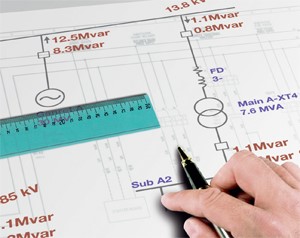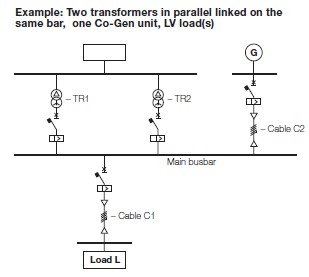Published: 16 June 2014
Category: Manufacturer News
SACE Emax 2 is the new air circuit-breaker from ABB that can simplify every part of a project and provide a compact, flexible and safe product for any need.

Emax 2 provides a set of functions so complete and advanced that it rivals those of medium voltage relays; the difference being that all wirings and software are embedded inside the breaker.
Emax 2 is also one of the safest breakers ever built: suitable rails and blocks make racking out and lifting up operations safer than ever. Moreover, a key lock in open position can be used while performing maintenance operations and the breaker springs are always covered during the installation of the accessories.
Let’s go through an example in order to show the main features of Emax 2: With this very easy diagram (just one LV load, for the sake of simplicity), we can represent many different projects, both industrial and commercial.
The co-generator is providing additional power to the installation, lowering the amount of the energy drawn from the public network. Both transformers are able to feed all the critical LV loads so that in the event of a fault on one transformer only the breaker relevant to that transformer has to trip. Some of the most common goals to be achieved for an installation like this may be: ensuring total selectivity between circuit breakers, guaranteeing effective protection of the co-generator, providing accurate measuring for energy management and providing information about the status of the breaker to a Scada or a Building Management System (BMS).
Some less common, but not less important, goals may be: ensuring redundancy in the communication loop (if the installation is a critical application), providing an effective load shedding scheme for peak shaving purposes and controlling the Power Quality.
All these aspects can be perfectly covered by Emax 2, in a simple and effective manner.
We can divide Emax 2’s benefits into four categories: benefits for protection needs, benefits for measuring needs, benefits for communication and benefits for plant management.


